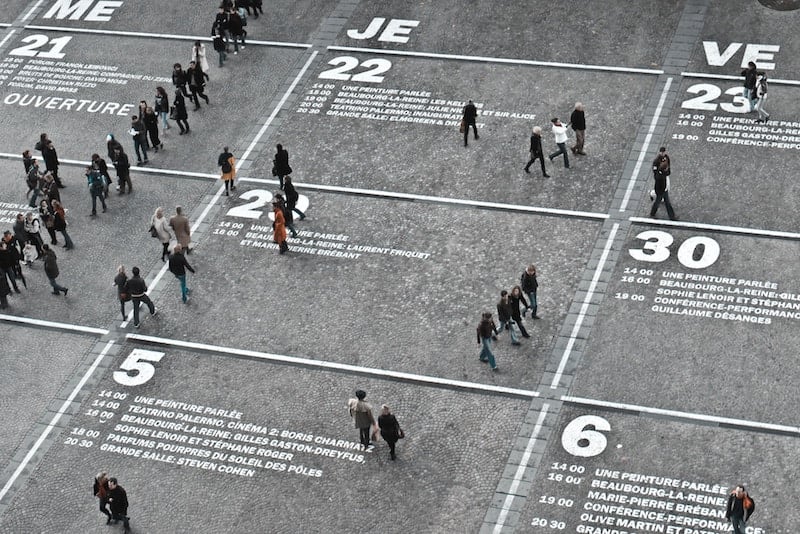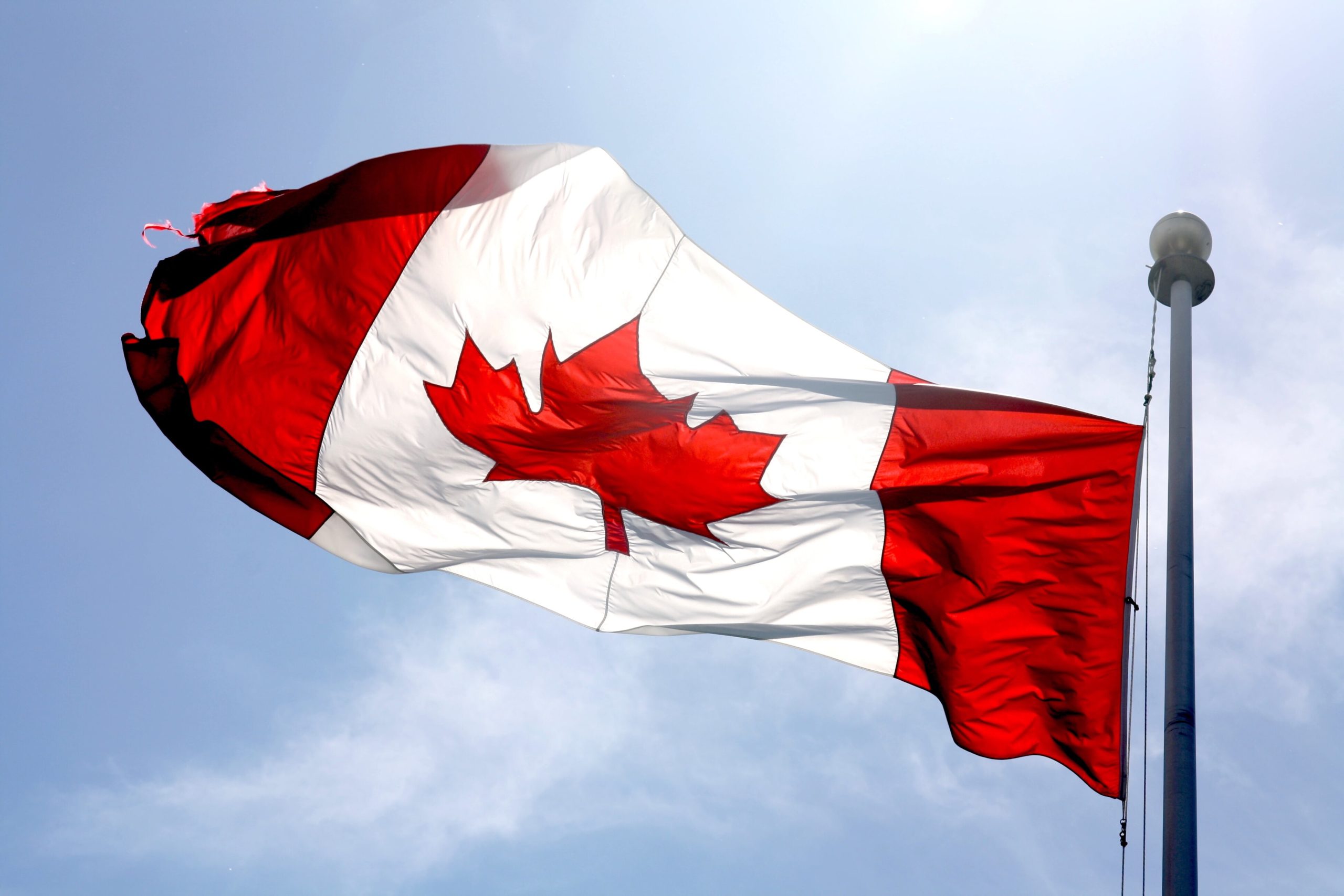Dates and Times in SQL Server: DATE
This post continues our look at date and time data types in SQL Server. SQL Server 2008 introduced new data types to handle dates and times in a more intelligent way than the DATETIME and SMALLDATETIME… Dates and Times in SQL Server: DATE




